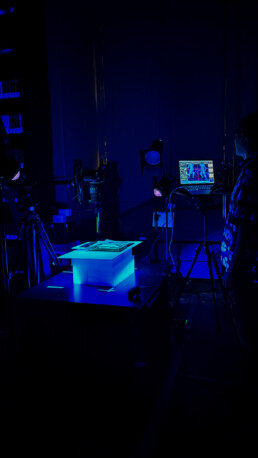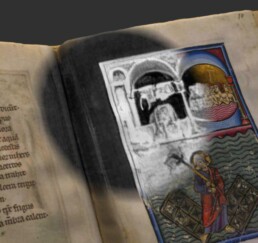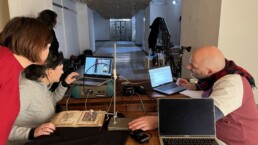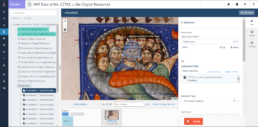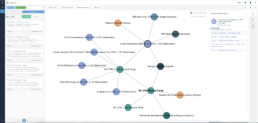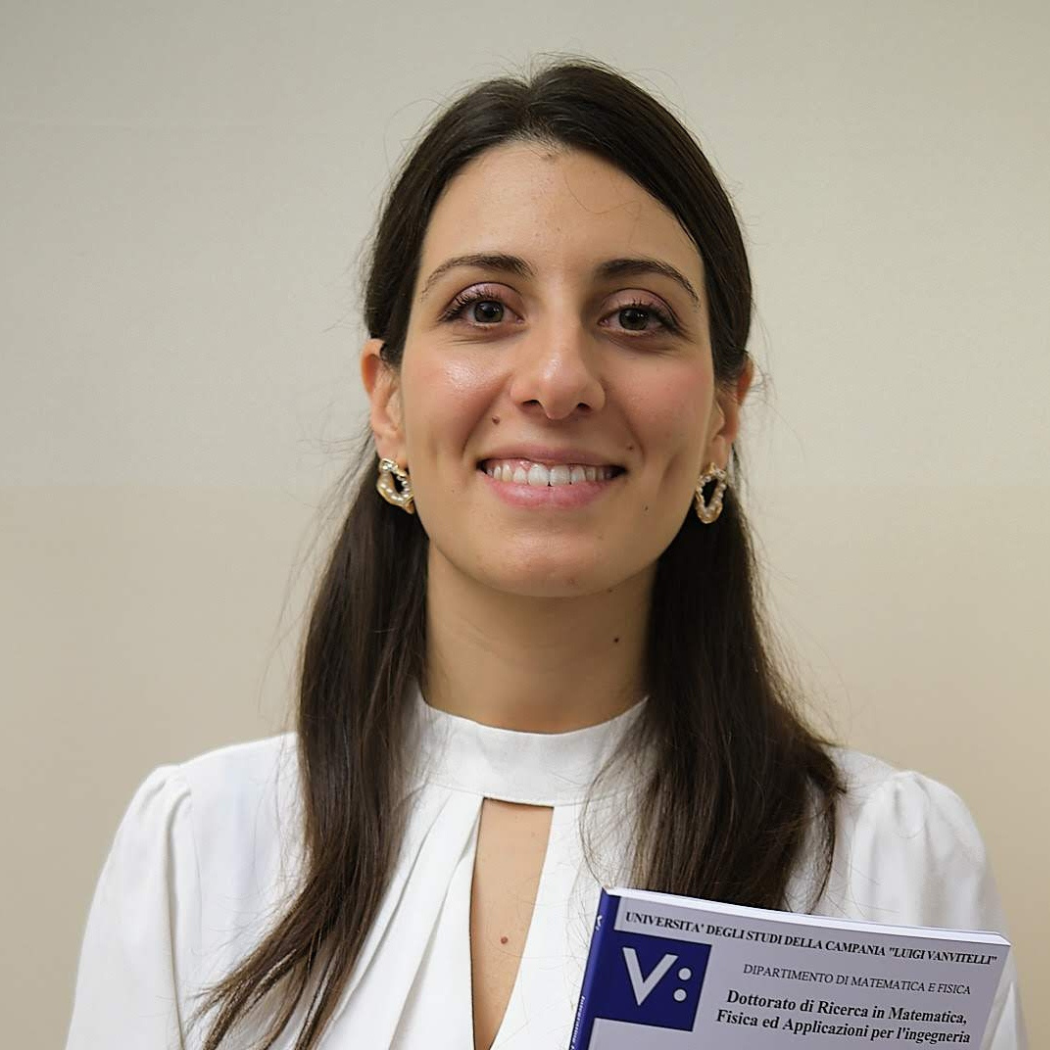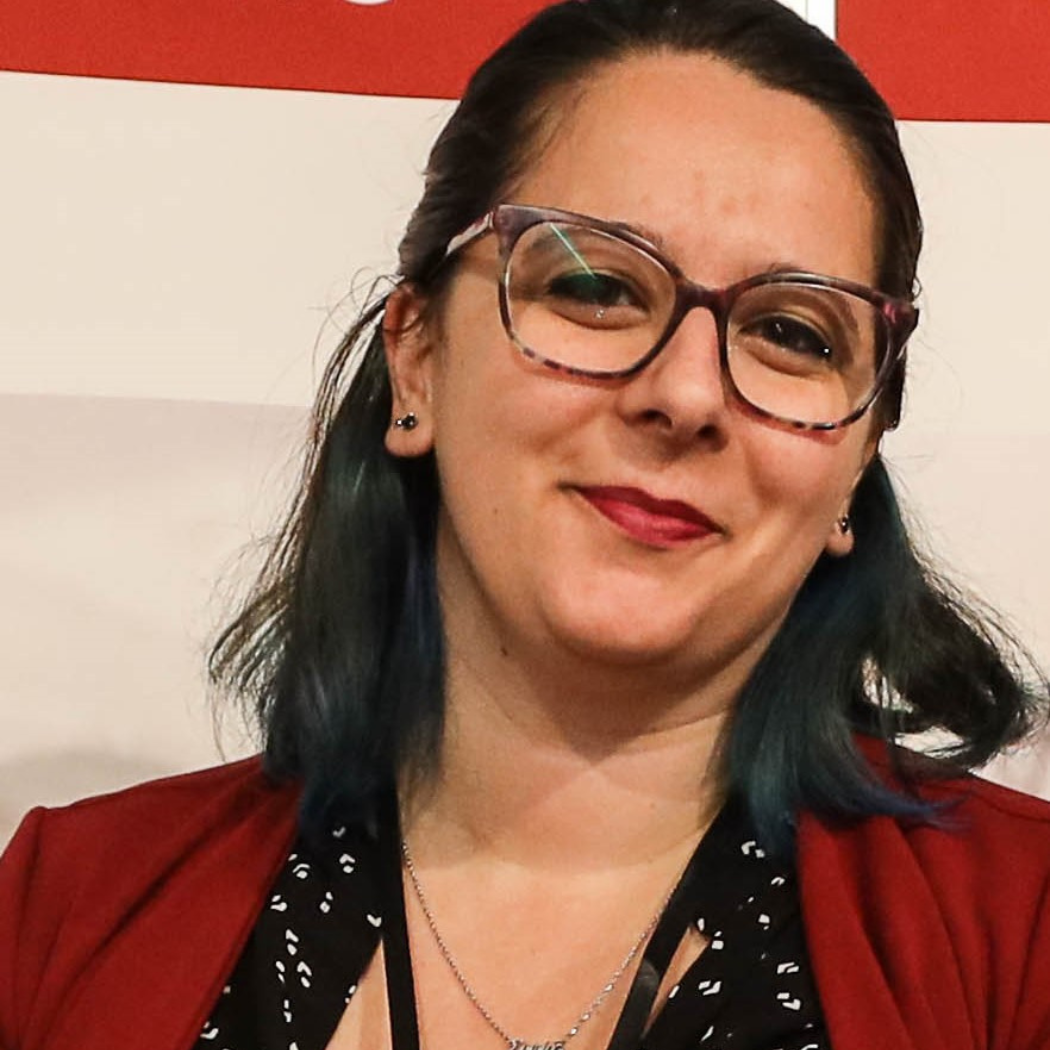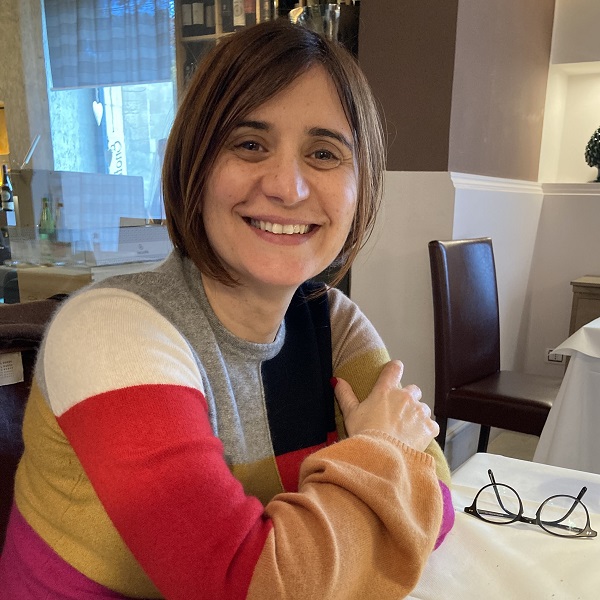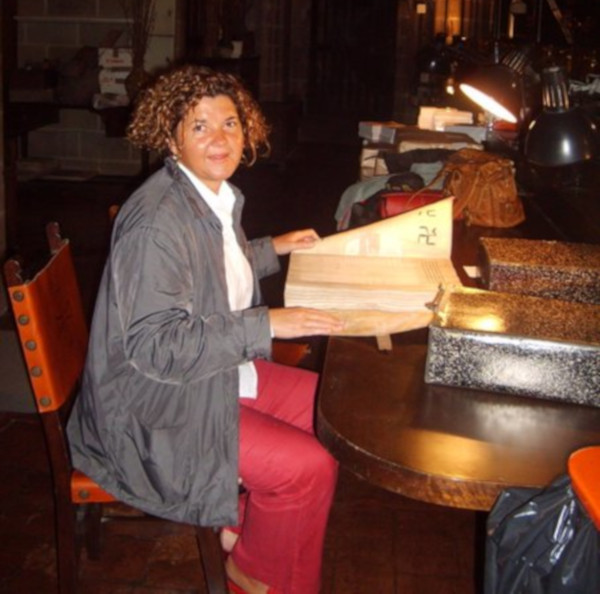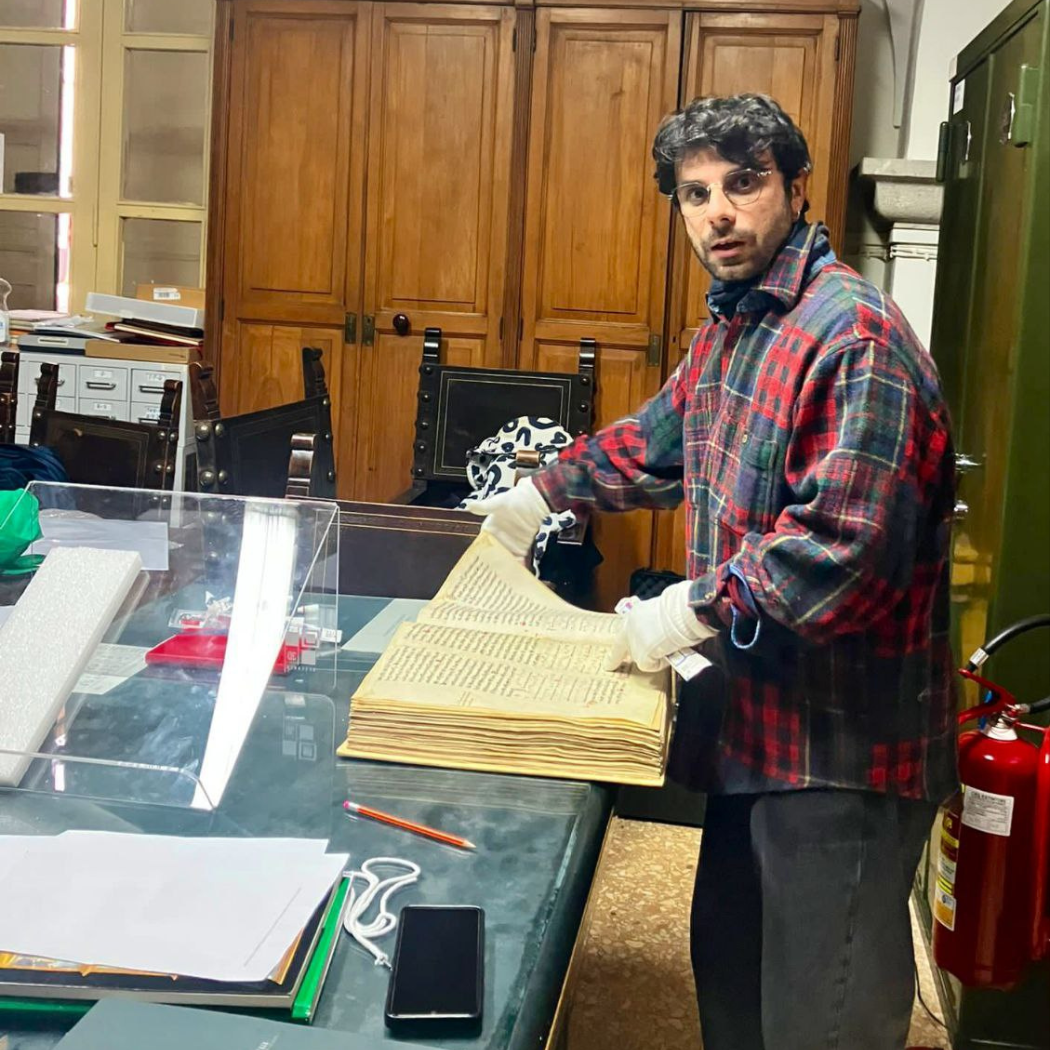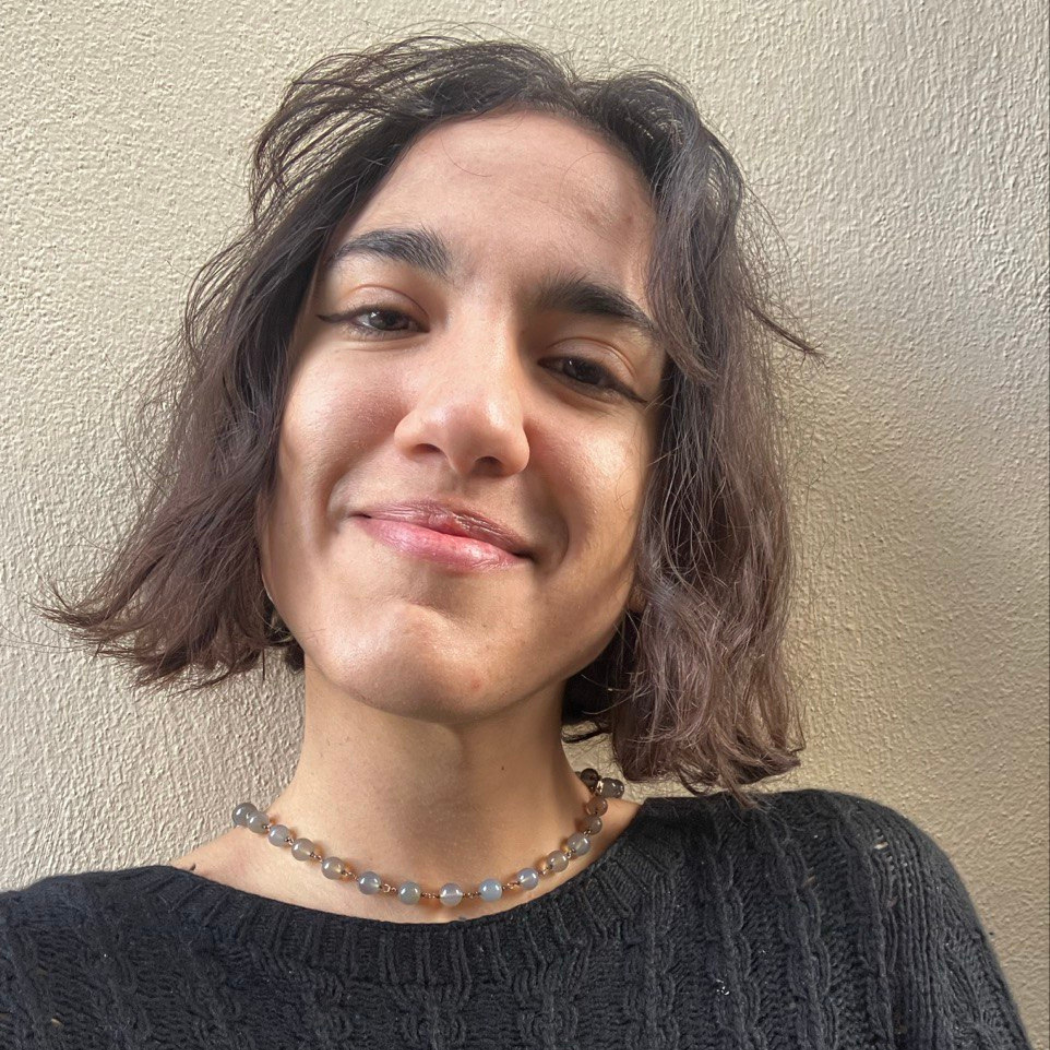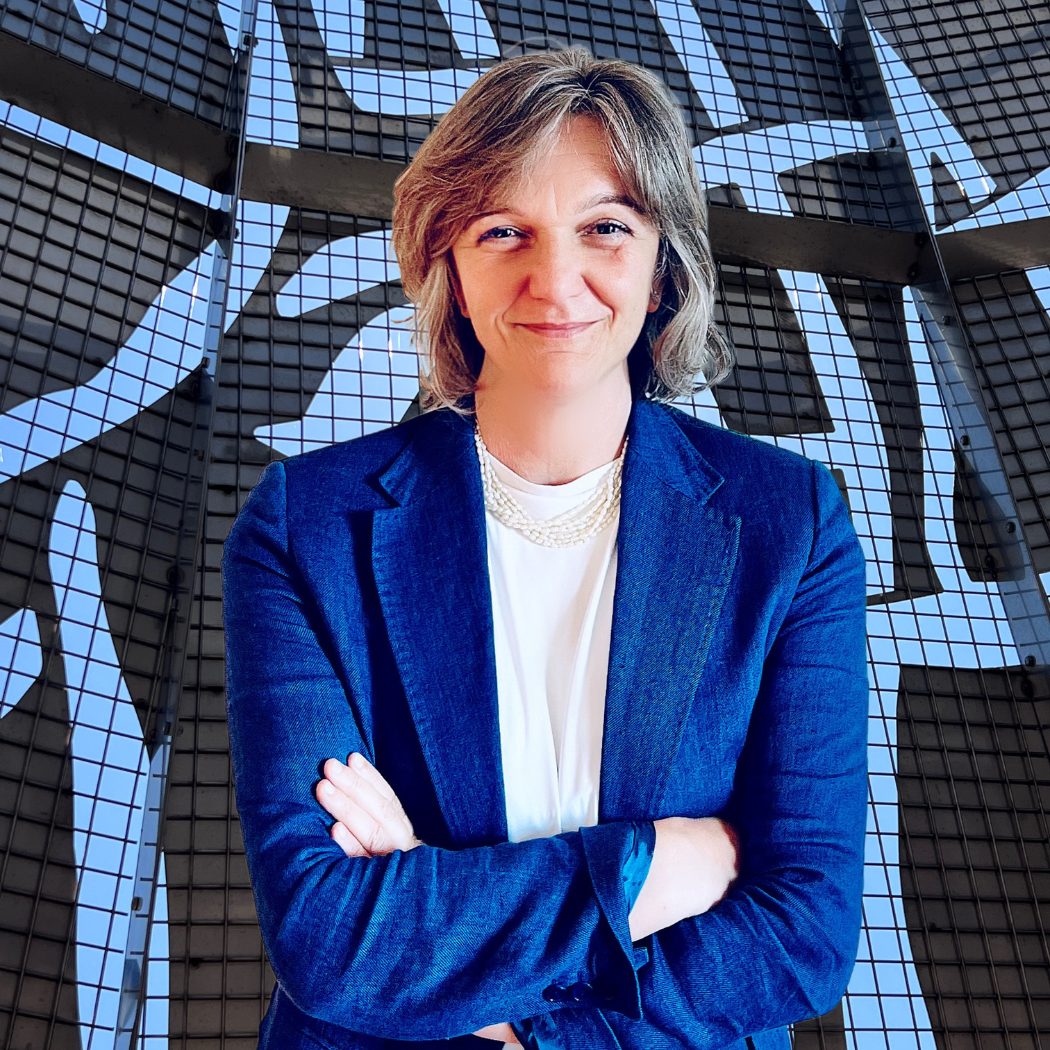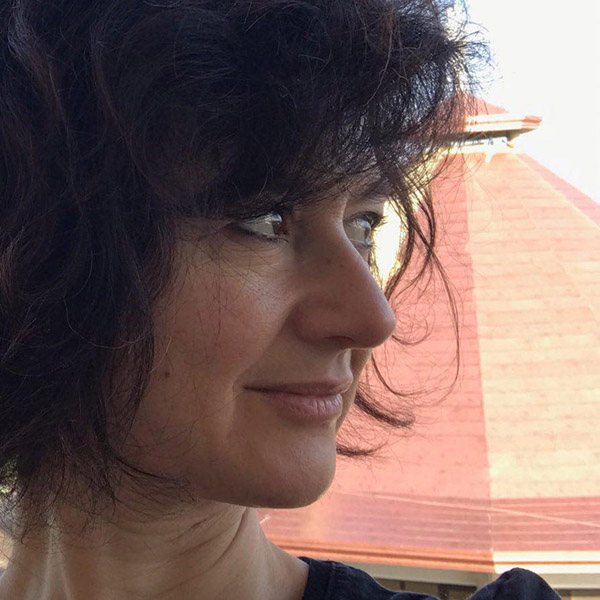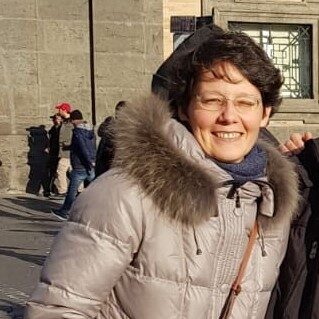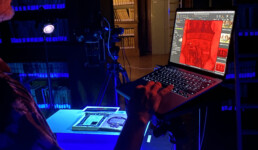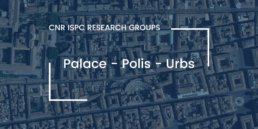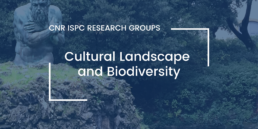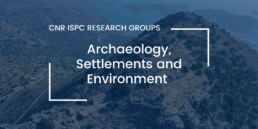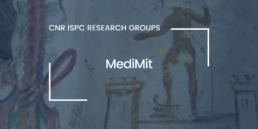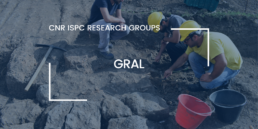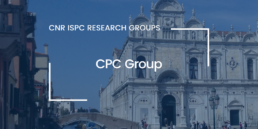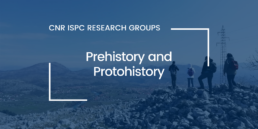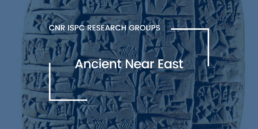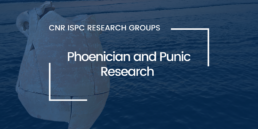Manuscripts, Investigations, Research and Archives
MIRALab | Investigations on Manuscripts and Archives
The CNR ISPC research group MIRALab | Investigations on Manuscripts and Archives operates at the intersection of humanities, scientific research and advanced technologies, with the aim of enhancing, preserving and deepening the knowledge of historical manuscripts, considering their richness in the totality of historical, artistic and material values.
A complexity that calls for an interdisciplinary approach based on the dialogue between humanists with different specific skills, natural science researchers who conduct non-invasive investigations on the material components of the manuscript to understand the techniques of execution and contribute to preservation, and ICT experts able to propose new approaches to increase the knowledge and enhancement of manuscripts.
The synergistic and transversal exchange arises from the need to conduct a study of the artifacts based on the integration of visible elements and those not visible to the naked eye, detectable with the help of instrumental investigations. These can return useful elements to define the chronology of execution of the artifacts, to locate the center of production and understand the modus operandi, the techniques of manufacture, materials and production processes adopted.
We refer to typologically heterogeneous data of different nature, belonging to a variety of scientific fields, that can be employed in virtual research environments, accompanied by tools and services to support the community. Among other things, the group intends to contribute to the implementation and deployment of digital platforms, tools and services for the exchange, sharing, analysis and integration of data, in accordance with the Open Science paradigm, creating new shared knowledge.
The group consists of researchers engaged in historical, art-historical, paleographical, codicological, and archival studies and in research on automatic script recognition, data modeling, ontologies for cultural heritage, user experience design, and virtual environments for public presentation of research data.
What we do
The investigations cover a diversity of artifacts starting from papyri and the oldest codices from the 5th century AD to palimpsests and documents preserved in numerous archives, but they focus mainly on manuscript holdings. The activities of analysis and study, diagnostic investigation, and digitization are conducted mainly in institutions for the preservation of the manuscript book and of the documentary heritage throughout the country and Europe. The collected data are then processed in the laboratory.
We collaborate with the other laboratories and research groups of the ISPC, in particular with
Heritage Materials Science →
DHiLab →
Platforms for automatic recognition of notarial writing from the late Middle Ages are being used to conduct research on historical sources (Machine learning).
ON – Objects in Network →
Main research topics
- Reading the invisible: analysis of corrections and censorship interventions in manuscripts and palimpsests
- Analysis, description and study of notarial sources aimed at understanding, transcription, preservation and fruition
- Handwritten Text Recognition (Machine Learning) and data modeling for historical sources
- Study of illuminated manuscripts, analysis and description of decorative elements in relation to the text, and of stylistic-formal characters, in the context of medieval artistic production
- Design of virtual research environments, tools and digital services relevant to the vast scholarly community of reference
- Analysis of scientific datasets and mapping of heterogeneous resources with ontological reference models in the cultural heritage domain
- Surveys of homogeneous groups of codices related to production centers such as Benevent
- Study of European and Mesoamerican manuscripts, their material component (support, paint, ink) and production technique
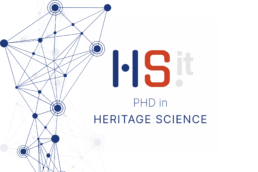
PhD
MIRALab actively participates in the research of the National PhD in Heritage Science (PhD-HS.it). As part of Curriculum 11 Archives and Libraries, which promotes the training of competent figures in the management of archives and libraries, in the processing of bibliographic, historical-archival, paleographic, codicological, and bibliological data, in physical and digital environments and in techniques and strategies for the preservation of archival and library heritage, MIRALab has initiated a multidisciplinary research project centered on Benevento scriptoria as a center of production and training. The aim is to integrate historical, paleographic and codicological perspectives with an archival and art historian approach (illluminated manuscripts), supported by technological and innovative analysis methodologies, in order to render the data collected and processed usable for the purpose of shared and interdisciplinary study. The starting point of the investigation is the corpus of manuscripts in the Capitular Library of Benevento.
We process data from manuscripts and historical sources in general with
- Machine Learning
- Databases
- GIS
- Ontologies
- Virtual Research Environments
For our lines of research, we analyze artifacts with
- X-ray fluorescence spectroscopy (XRF)
- FT-IR and Raman spectroscopy
- UV-VIS-NIR reflectance and fluorescence spectroscopy
- VIS-SWIR reflectance and fluorescence hyperspectral imaging (RIS)
- IR thermography
- 3D Digital Microscope
- Photogrammetry
- Reflectance Transformation Imaging (RTI)
- Multi Band Imaging UV-VIS-NIR
Staff MIRALab
MIRALab members
Francesco Di Concilio, PhD student in Heritage Science (PhD-HS.it), Sapienza Università di Roma;
How to contact us
miralab@ispc.cnr.it
Projects and Research activities
PNRR M4C2 – PRIN 2022 ON: Objects in network →
PRIN 2022 PNRR - CNPCH | Confraternite Napoli, Palermo e Cagliari →
PNRR M4C2 H2IOSC | Humanities and Heritage Italian Open Science Cloud →
CNR Short Term Mobility Program 2023 | Exploring the Materiality of Codex Tonindeye
Beneficiary: David Buti - Hosting Institution: The British Museum
For further information on ISPC research activities click the button.
Main collaborations
- Biblioteca Nazionale di Napoli
- Biblioteca Capitolare di Benevento
- Biblioteca dei Girolamini
- Biblioteca Angelica
- Biblioteca Casanatense
- Archivio di Stato di Benevento
- Archivio Diocesano di Napoli
- Biblioteca Vaticana
- Biblioteca Universitaria di Bologna
- Biblioteca Augusta di Perugia
- Bodleian Library
- The British Museum
- Museo de America
- National Museums Liverpool
- Soprintendenza archivistica e bibliografica della Campania
Main publications
D. Buti, C. Grazia, F. Pottier, A. Michelin, C. Andraud, V. Lladó-Buisán, D. Domenici, A. Romani, A. Sgamellotti, C. Miliani. Evidence of the Use of a Dye Chemically Related to Commelinin in Mesoamerican Codices. In Dyes in History and Archaeology 37/40, ed. by J. Kirby, London, Archetype Books, 2023, pp. 26-37.
D. Buti, D. Domenici, C. Grazia, J. Ostapkowicz, S. Watts, A. Romani, F. Presciutti, B. G. Brunetti, A. Sgamellotti, C. Miliani. Further Insight into Mesoamerican Paint Technology: Unveiling the Colour Palette of the Pre‐Columbian Codex Fejérváry‐Mayer by Means of Non‐invasive Analysis. In «Archaeometry» 60,4 (2018), pp. 797-814.
G.T. Colesanti, E. Sakellariou, La storia della conservazione degli atti notarili a Benevento tra tardo medioevo e prima età moderna. In «RiMe – Rivista dell’Istituto di Storia dell’Europa Mediterranea» 9 (2021), pp. 311–334.
D. Domenici, C. Grazia, D. Buti, L. Cartechini, F. Rosi, F. Gabrieli, V. M. Lladó-Buisán, A. Romani, A. Sgamellotti, C. Miliani. The Painting Materials of the Codex Mendoza. In The Codex Mendoza, ed. by J. Gómez Tejada, Quito, Universidad de San Francisco de Quito Press, Bodleian Libraries, 2021, pp. 35-47.
C. Grazia, D. Buti, L. Cartechini, F. Rosi, F. Gabrieli, V. M. Lladó-Buisán, D. Domenici, A. Sgamellotti, A. Romani, C. Miliani. Exploring the materiality of Mesoamerican manuscripts by non-invasive spectroscopic methods: Codex Laud, Bodley, Selden, Mendoza and Selden Roll at the Bodleian Library. In Mesoamerican Manuscripts. New Scientific Approaches and Interpretations, ed. by M. Jansen, V. M. Lladó-Buisán, L. Snijders, Boston, Brill, 2018, pp. 134-159.
F. Mercuri, E. Pietroni, E. D’Annibale, S. Paoloni, N. Orazi, D. Ferdani, U. Zammit, D. Ronchi. 4D Termo-reflectography of Cultural Heritage, In EUROGRAPHICS Workshop on Graphics and Cultural Heritage, 4-6 settembre 2023, Lecce, ed. by A. Bucciero, B. Fanini, H. Graf, S. Pescarin, S. Rizvic, Goslar, The Eurographics Association, 2003.
D. P. Pavone, C. Caliri, F. P. Romano, C. Miliani, G. Ranocchia. Studio e Sviluppo di Tecniche Fotografiche per la Documentazione, Conservazione e lo Studio della Collezione dei Papiri Carbonizzati di Ercolano nel contesto del Progetto Greekschools, 2022.
E. Pietroni, C. F. Amadei, A. Chirivì, B. Fanini, D. Ferdani, N. Orazi, A. Pagano, P. Schettino. Il progetto Codex 4D: viaggio in 4 dimensioni al centro del codice antico. In Medioevo Digitale. Documenti e archivi, Arte e architettura, a cura di A. Ambrosio, P. Vitolo, Roma, Viella, 2023, pp. 121–141.
E. Pietroni, A. Chirivì, B. Fanini, A. Bucciero, An Innovative Approach to Shape Information Architecture Related to Ancient Manuscripts, Through Multi-layered Virtual Ecosystems. From Codex4D to DataSpace Project. In: De Paolis, L.T., Arpaia, P., Sacco, M. (eds) Extended Reality. XR Salento 2023. Lecture Notes in Computer Science, vol 14219. Springer, Cham.
F. P. Romano, E. Puglia, C. Caliri, D. P. Pavone, M. Alessandrelli, A. Busacca, C. G. Fatuzzo, K. J. Fleischer, C. Pernigotti, Z. Preisler, C. Vassallo, G. Verhasselt, C. Miliani, G. Ranocchia. Layout of ancient Greek papyri through lead-drawn ruling lines revealed by Macro X-Ray Fluorescence Imaging. In «Scientific Reports» 13 (2023).
V. I. Schwarz-Ricci, L’edizione dei documenti di Santa Maria della Grotta (1200-1250): un’edizione scientifica digitale nell’ecosistema Monasterium.net, In Medioevo Digitale. Documenti e archivi, Arte e architettura, a cura di A. Ambrosio, P. Vitolo, Roma, Viella, 2023, pp. 41–63.
V. I. Schwarz-Ricci, Handwritten Text Recognition per registri notarili (secc. XV-XVI): una sperimentazione. In «Umanistica digitale» 13 (2022) 171-181.
